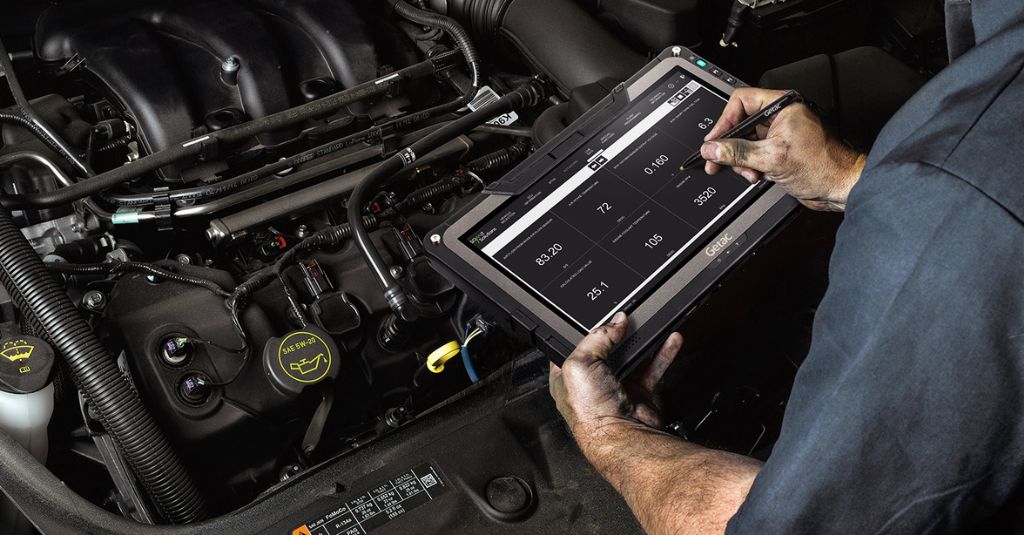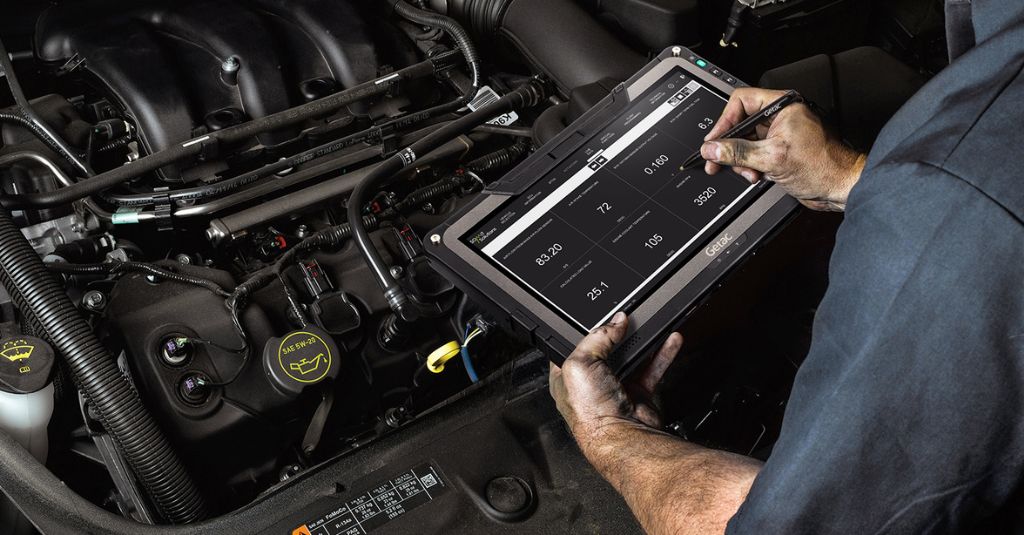Service Maintenance and Repair (SMR) operations throughout the world will ultimately have the same objectives and challenges, one at the top of the list is to retain customers by turning them into loyal customers. No matter the size of the field service organisation, achieving high first time fix rates is essential for customer retention. Technicians are often the unsung heroes that sit behind the scenes to deliver a duty of care to the customer by returning the vehicle in a safe and road worthy condition. There's also the added pressure to meet tight deadlines, and to maximise their efficiency in reaching optimal workshop utilisation for the aftersales service department to return the profit and financial stability (billable hours / available working hours) x 100. High customer retention rates are crucial for maintaining financial stability and operational efficiency.
Navigating Challenges in Field Service Management
With such pressure to hit the KPIs (Key Performance Indicators) required to run a well-oiled business, something will inevitably break. Especially when not all technicians have the same level of expertise, compounded further with the ever-increasing shortage of skilled labour in the marketplace and the diminishing tendency for the younger generations wishing to pursue a career in the motor trade. Meanwhile, the vehicle car parc is getting older and the OEMs (Original Equipment Manufacturer) have roadmaps that will see many new models entering the market with innovative design architecture for the sophisticated hardware platform (chassis, electric vehicle battery placement, central electronic control unit) and complex software platforms with millions of lines of code to decipher. Efficient field service operations and robust service management strategies are essential to navigate these challenges.
First Time Fix Rate (FTFR) is a critical KPI for measuring the success of maintenance and service calls, significantly impacting operational efficiency and customer satisfaction.
With all of these factors considered, the industry is fast approaching a critical point and needs to find a way to attract the skills required to work on future vehicle types. It also needs a training programme dedicated to enhancing the skills of the existing workforce to be able to work safely on vehicles, and at the same time, hit the flat rates (manufacturer operation times) on any given task without the added pressure of missing deadlines and rushing through the tasks by taking shortcuts or increasing the chance of human error or misdiagnosis. Implementing field service management software can streamline workflows and ensure high quality service delivery.




























